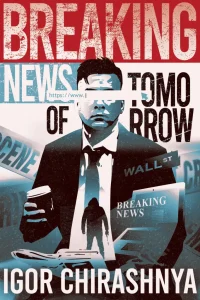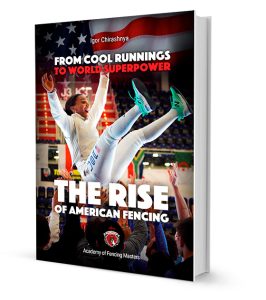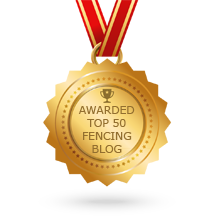Injuries are unavoidable in any sport, not just in fencing. When you’re using your body, things are going to happen to it. Generally these things are along the lines of pulled muscles, sprained ankles, or simple broken bones. Bruises in any sport are unavoidable, just...








